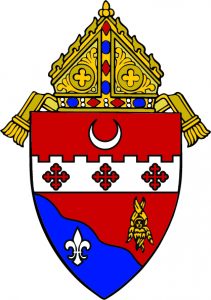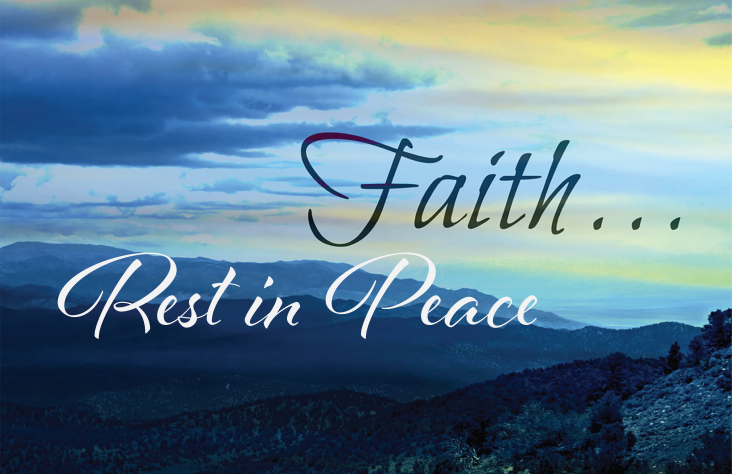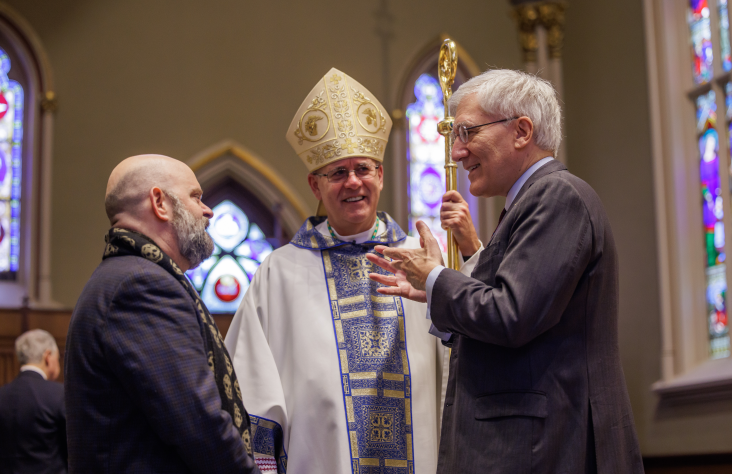October 26, 2021 // Uncategorized
Guidelines for the funeral liturgy with cremated remains present
 FORT WAYNE — The Church clearly prefers and urges that the body of the deceased be present for the funeral rites. The presence of the body forcefully reminds the faithful that they are temples of the Holy Spirit and destined for future glory at the resurrection of the dead. In addition, the body, which lies in death, recalls the personal story of faith, the past relationships and the continued spiritual presence of the deceased person. Thus, the presence of the body is important for the grieving process of family and friends.
FORT WAYNE — The Church clearly prefers and urges that the body of the deceased be present for the funeral rites. The presence of the body forcefully reminds the faithful that they are temples of the Holy Spirit and destined for future glory at the resurrection of the dead. In addition, the body, which lies in death, recalls the personal story of faith, the past relationships and the continued spiritual presence of the deceased person. Thus, the presence of the body is important for the grieving process of family and friends.
Making the decision to cremate primarily on the basis of convenience is inappropriate in light of the Church’s teaching. In extraordinary circumstances, the diocesan bishop may grant permission for the pastor or his delegate to celebrate the funeral liturgy in the presence of the cremated remains following the guidelines as outlined here.
It is recommended cremation take place after the funeral liturgy, which allows the full celebration of the funeral rites as found in the Order of Christian Funerals.
All funeral Masses are to be celebrated in the church, not the funeral home.
Appropriate music always must be a significant part of the funeral liturgy. Psalms, hymns and antiphons that express our sustained and insistent prayer commending the deceased person to God’s merciful care should be chosen so his or her place in the communion of the just may be assured.
Respect for cremated remains of a body
According to the OCF, “The remains of cremated bodies receive the same respect given to the corporeal remains of a human body. This includes a worthy, sealed vessel to contain the ashes, the manner in which they are carried, the care and attention to appropriate placement and transport, and their final disposition.”
Cremated remains are entombed in a mausoleum or columbarium; they may also be buried in a common grave in a cemetery. The practices of scattering cremated remains on the sea, from the air or on the ground, or keeping cremated remains in the home of a relative or friend of the deceased, are not the reverent disposition the Church requires.
Part I: Cremation following the funeral liturgy
At the conclusion of the funeral liturgy, the rite of final commendation and farewell take place using the alternate form of the dismissal. The body is then taken to the place of cremation, where the rite of committal may be celebrated. Then the cremation of the body takes place.
When the cremated remains are given to the family, they reverently are taken to a place of burial or entombment and the rite of committal may be repeated using the alternate form provided.
Part II: Cremation and committal before the funeral liturgy
The “Prayers after Death” and the “Vigil for the Deceased” from the OCF may be adapted as necessary and appropriate and celebrated before the funeral liturgy.
When the interment of the cremated remains takes place before the celebration of the funeral Mass, the rite of committal and final commendation is celebrated at the time of interment (before the Mass). The alternate form is used for the words of committal.
Following the committal, the family and friends of the deceased join the Christian community for the funeral Mass. Prayers should be chosen that do not make reference to burying the body of the deceased since this already has been done. A number of options may be found in the Roman Missal under the heading “Masses for The Dead.” The OCF also offers suggested opening prayers and Scripture reading. The rite of final commendation is omitted since this already has taken place.
Following the prayer after communion, the blessing is given and the people are dismissed in the usual way. It is appropriate to conclude the funeral liturgy with a hymn, antiphon or psalm which expresses our belief that for those who have died, “life is changed, not ended. When the body of our earthly dwelling lies in death, we gain an everlasting dwelling place in heaven.”
When the funeral liturgy is celebrated outside of Mass, the rite of final commendation is omitted since this already has taken place at interment. Following the Lord’s Prayer, a blessing is given and people are dismissed in the usual way.
Part III: Funeral Mass in the presence of
cremated remains
Sometimes it is not possible for the body to be present for the funeral Mass. When extraordinary circumstances make the cremation of the body prior to the funeral liturgy the only feasible choice, pastoral sensitivity must be exercised by all who minister to the family of the deceased.
In extraordinary circumstances, the diocesan bishop may grant permission to a pastor or his delegate to celebrate the funeral liturgy in the presence of the cremated remains in the church. Two options exist in this situation: contact the Office of Worship for more information or visit diocesefwsb.org/diocesan-guidelines-and-norms/.
Promulgated by Bishop John M. D’Arcy for the Diocese of Fort Wayne-South Bend. Re-issued 2005
The best news. Delivered to your inbox.
Subscribe to our mailing list today.






